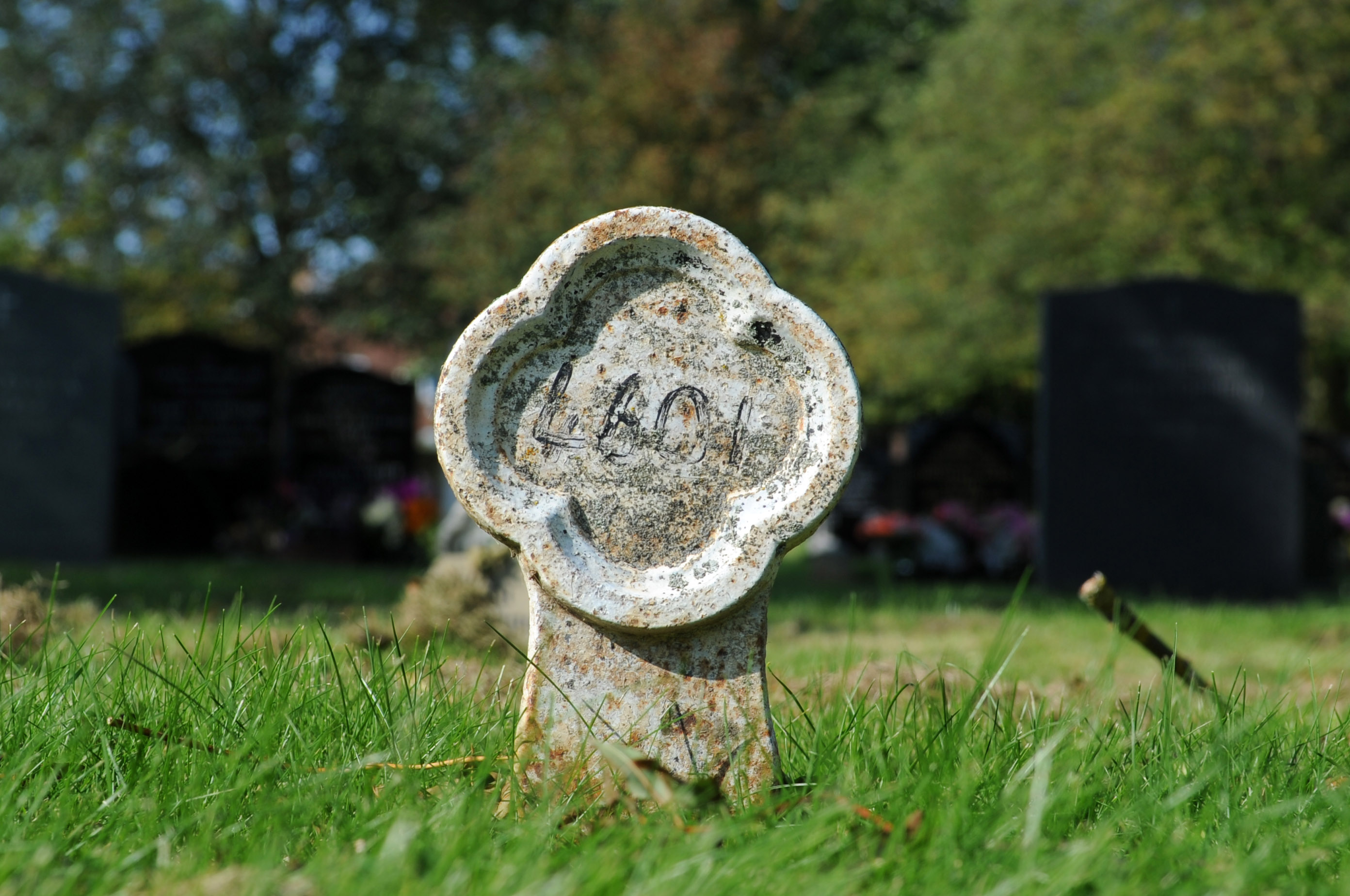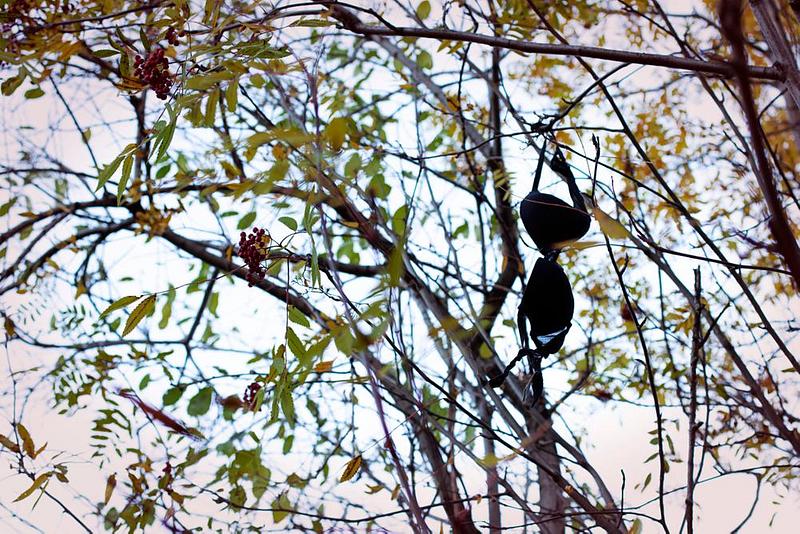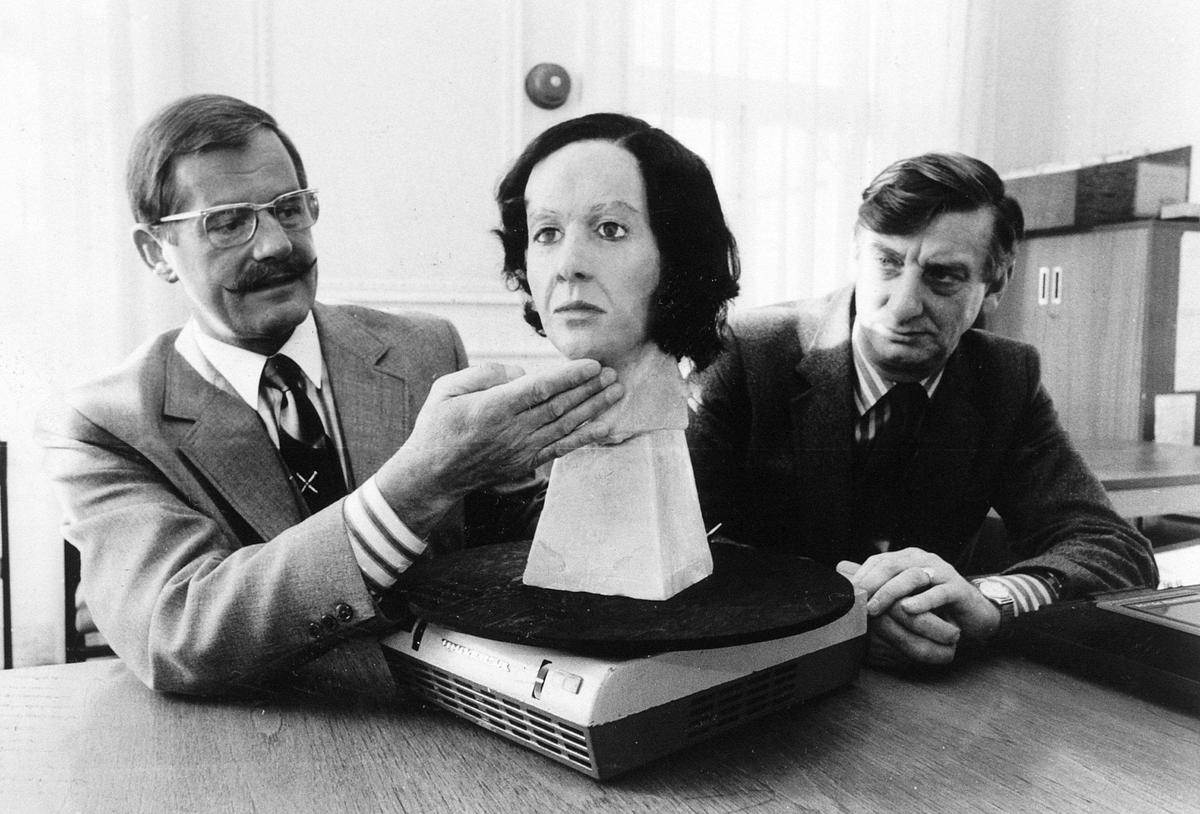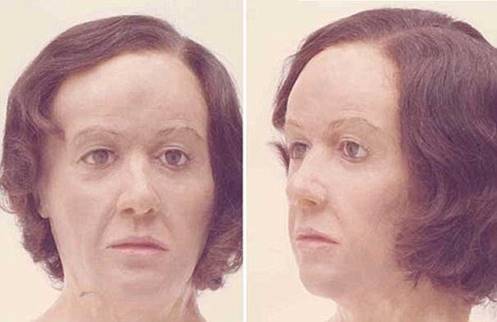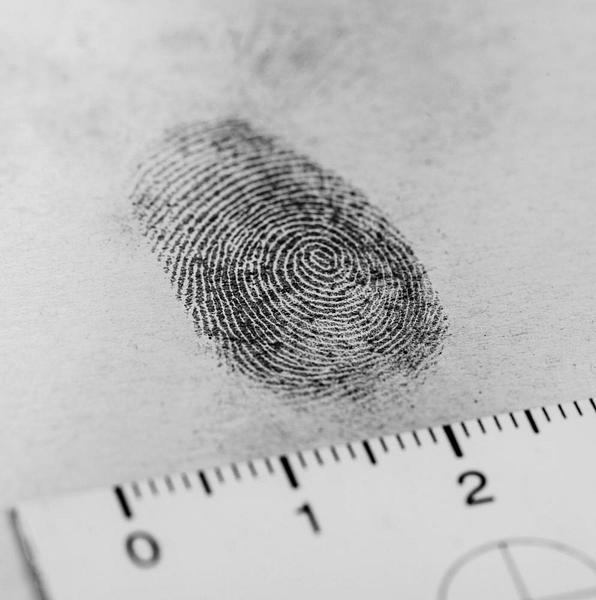On a September day in 1983, a small band of people gathered in Malton Cemetery, North Yorkshire, for the funeral of a total stranger.
The group, comprised of police officers, local councillors and reporters, were also strangers to one another. Were it not for the reverend leading the service, a passer-by might easily mistake the eclectic bunch for responders at a crime scene.
In a sense, they wouldn’t be wrong. The funeral taking place that day was the culmination of an extensive, highly publicised investigation that has confounded the police and public for decades.
Those at the 1983 service were paying respects to a woman with no name. Two years earlier, she’d been discovered dead near Sutton Bank, her body badly decomposed and stripped of any clothes, jewellery or possessions to identify her.
With nationwide appeals returning little practicable information, the forensic evidence collected from her body in the intervening years has provided some of the only scant clues to who this woman once was: a heavy smoker; a pink nail varnish wearer; a mother.
To this day, beneath a stone marked only by a number, she lies in a plain coffin bearing the inscription: “Name unknown, died August 28, 1981”.
The case, dubbed “the Nude in the Nettles” by the press, remains one of Yorkshire’s most mysterious and unsettling. Though foul play is strongly suspected, North Yorkshire Police say they lack evidence to even determine a cause of death - let alone a killer.
This isn’t for want of trying, of course. For years, a succession of detectives and amateur sleuths have pored over the evidence in an attempt to uncover who this woman was, how she died, and who might have been responsible for her death.
In spite of almost 40 years passing since the unknown woman was discovered, those searching for answers have not given up the hunt.
Just one clue or tip-off could see a family gaining closure, a killer condemned, and Yorkshire’s strangest mystery finally laid bare.
28th August 1981
The hot Bank Holiday sun had barely begun to break through the clouds on August 28, 1981, when local police constable PC John Jeffries picked up an 8am call to Ripon Police Station.
The caller, described as well-spoken with a trace of a local accent, revealed the location of a dead body, giving precise instructions on where police could find it:
“Near Scawton Moor House, you will find a decomposed body among the willow herbs”.
When asked for a name and address, the caller refused, citing “national security reasons”, before abruptly hanging up.
PC Jeffries was directed to investigate the strange report and attended the location described, carefully scanning the area for signs of a body.
Initially unable to locate any remains, he continued searching and eventually came across a couple of weathered human bones nestled among a bed of willow herbs.
The Criminal Investigation Department (CID), led by Detective Chief Superintendent Strickland Carter, was called to the area, and officers began a painstaking search to locate the rest of the body, removing a large area of willow herbs over a period of several hours.
A body was eventually discovered near to Sutton Bank Top, on an unclassified road between Scawton and Rievaulx and Sutton Bank, close to the junction with the A170 Thirsk to Scarborough road - just as the caller had described.
Though the area was said to be a popular parking spot for picnics, willow herbs can grow to over six feet, and the body’s advanced state of decomposition suggested it had been concealed effectively among them for some time.
The woman they found was lying with her back almost parallel to a dry stone wall, her remains mostly skeletal. She was naked, with no clothes, jewellery or adornment of any kind on - or around - her body.
Already sensing the challenge ahead of them, police nonetheless collected and catalogued every tiny object around her as evidence, photographing the scene over a period of several hours.
Yet despite thorough searching, they discovered just a couple of potentially significant clues that day: three fresh tracks leading to and from the body, and a yoghurt top lying beneath the woman, dated 1979.
'The circumstances support a stronger view of suspicion'
While fresh tracks suggested someone had potentially been searching for the body, the yoghurt top was the first clue as to how long the woman had been there.
Home Office analysis of the body and of the plant growth around it confirmed that the body had been there for a minimum of 12 months, likely two years - placing her date of death in 1979.
The cause of death, however, was - and is still - much harder to determine. While many refer to the investigation out of hand as a murder case, police remain unable to definitively point towards homicide.
Adam Harland, who is the Cold Case Review Manager in North Yorkshire Police’s Major Investigation Team, says “it is possible” that she died of natural causes, given “the remains are essentially skeletal and we have no indicator as to the cause of death”.
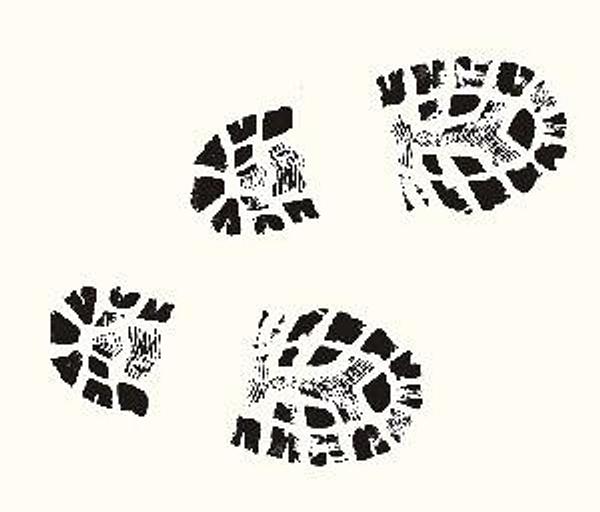

However, while he says police are “not in a position to say that we can be entirely happy that it is a homicide”, the circumstances of the case “certainly support a stronger view of suspicion rather than a weaker”.
Police were able to rule out a couple of causes of death, including being struck by a blunt object on the head - given there was no evidence of skull damage.
If she was stabbed, says Mr Harland, the blade would have had to miss her bones, as the police could find no evidence of stabbing on the skeletal remains.
It wasn’t long after the discovery that media outlets - both local and national - jumped on the puzzling and intriguing story, headlining the case “the Nude in the Nettles”.
It’s a bugbear of Mr Harland’s, given the title is a misnomer: the body was found among willow herbs, not nettles.
The press attention, however, did help the case gain notoriety across the country as police scoured lists of missing women, investigated several leads and implored the public to report the absence of any female neighbour, friend or colleague.
A potential lead was dashed early on when detectives came across a black evening gown, bra and pants hanging from a tree about half a mile from where the body was found.
Nobody came forward to claim the items, but they could not be linked to the deceased.
In a somewhat unusual move for the time, Det. Sup Carter - leading the original investigation - enlisted the help of scientists and Granada TV’s makeup department to create a waxwork reconstruction of the woman’s head a few months after she was discovered.
“I had been reading an article in a magazine about a month earlier where a doctor had rebuilt the head of a mummy from Egypt, and wondered whether I could do the same for the head in this case”, he told The Yorkshire Post in 2011.
Yet while the bust of the woman helped police track down 164 other missing women through members of the public coming forward, it brought them no closer to identifying the mystery woman - or determining how she died.
A mother with no name
One particularly frustrating revelation to emerge from the original investigation came from a local jockey, who had almost stumbled upon the body two years earlier.
Out exercising horses near Scawton Moor Farm in 1979, he noticed a foul smell emanating from the spot where the body was later discovered.
Though he intended to later return to the spot, he fell off his horse and broke his leg the very same day. Until the 1981 investigation, he had forgotten about the incident entirely.
Police believe this was a stroke of terrible bad luck; it’s likely the jockey was in the area shortly after the woman had died.
Had she been discovered at that point, it’s possible there’d be no question mark over her identity today.
Geraldine Crawley
Instead, police were forced to rely on records of missing women for identification, with one early theory pointing to escaped prisoner Geraldine Crawley.
Having escaped from Askham Grange prison, near York, in 1979, Crawley was known to have a history of joyriding up and down the A1 and A19, near to where the body was discovered.
Her records also showed that - like the deceased - she’d suffered damage to an ankle.
However, after pursuing this lead for some time, police were astonished to receive fingerprints and a signature in the post from Crawley herself, enough to prove that she was still alive - albeit in hiding.
Gloria Bielby
Another early lead pursued by police was that of Gloria Bielby, a Hull secretary who disappeared in 1979 aged 36.
The first description of the deceased woman loosely matched that of Gloria, but after further investigation, the lead was dropped owing to dissimilarities between the two - one being that Gloria was blonde, while the mystery woman had brown hair.
Sex worker
Several who have worked on the case believe that the mystery woman may have come from a lower socio-economic background, with stained and missing teeth indicating poor health as a result of drinking and smoking.
Analysis of the deceased’s hair, teeth and bones revealed further details about the woman, including that she was aged between 35 and 40, was around 5ft 2ins and had several teeth missing. She had an abnormality to her neck vertebrae which would have caused back-ache and her head to sit at an unusual angle.
Most tragically of all, the woman was believed to have birthed two to three children in her lifetime.
In spite of these details, and several families coming forward over the years, police have come no closer to knowing who the mystery woman once was
While Det Sup Carter stated at the time that “her teeth were in too bad a condition for her to have been able to work as a prostitute”, others have theorised that the woman may have been a local sex worker.
Whoever she was, many involved with the case believe that at the very least, the woman was some kind of nomad, given no close contacts have ever been established.
'They'd usually walk into a police station and take you to the body'
The identity of the deceased woman is just one unknown in this baffling case.
To this day, police know even less about the mystery caller whose tip-off sparked the investigation in 1981 than they do of the woman whose remains he reported.
Was the caller involved?
After giving the tip-off over the phone that day in 1981, the mystery caller became an immediate suspect in the investigation.
At the time, Det Supt Carter, leading the enquiry, believed that the body wasn’t discovered by chance - with the three fresh tracks suggesting someone had been searching for it.
While the refusal of the caller to give his name and details might have initially aroused suspicion, today North Yorkshire Police no longer believe he had a hand in the mystery woman’s death.
Though stressing that little about the case can be absolutely certain, Mr Harland believes that the caller may simply have been involved in “some kind of activity they didn’t want to draw the police’s attention to”.
“Generally speaking if it was someone who'd been involved in her death, who’d had a change of heart, usually under those circumstances they walk into a police station... and then take you to the body,” he adds.
“So really what we've got is somebody who would appear to have come across human remains, and called the police and not wanted to be identified… she’d been there for at least 18 months, possibly longer, so I think it’s fair to say he hadn’t been waiting by the body all that time”.
Though the police have urged the mystery caller to come forward several times in the intervening years since the body was found, the 60 second phone call remains the only contact they’ve ever managed.
While the lead on the caller may have gone cold, North Yorkshire Police has far from given up, says Mr Harland.
The police are currently pursuing further scientific work to gain biological clues as to who this woman once was, while also hoping that targeting genealogists may reveal a missing “black sheep” in someone’s family tree; a link that could blow the case wide open.
To read part II on the “Nude in the Nettles" case, exploring the current investigation and leads, please follow this link: https://www.yorkshirepost.co.uk/interactive/interactive/nude-in-the-nettles-II
Anyone with information about this case is urged to contact the Cold Case Review Unit on 01609 643292 or via email at [email protected].
Alternatively, Crimestoppers can be contacted anonymously on 0800 555 111.
